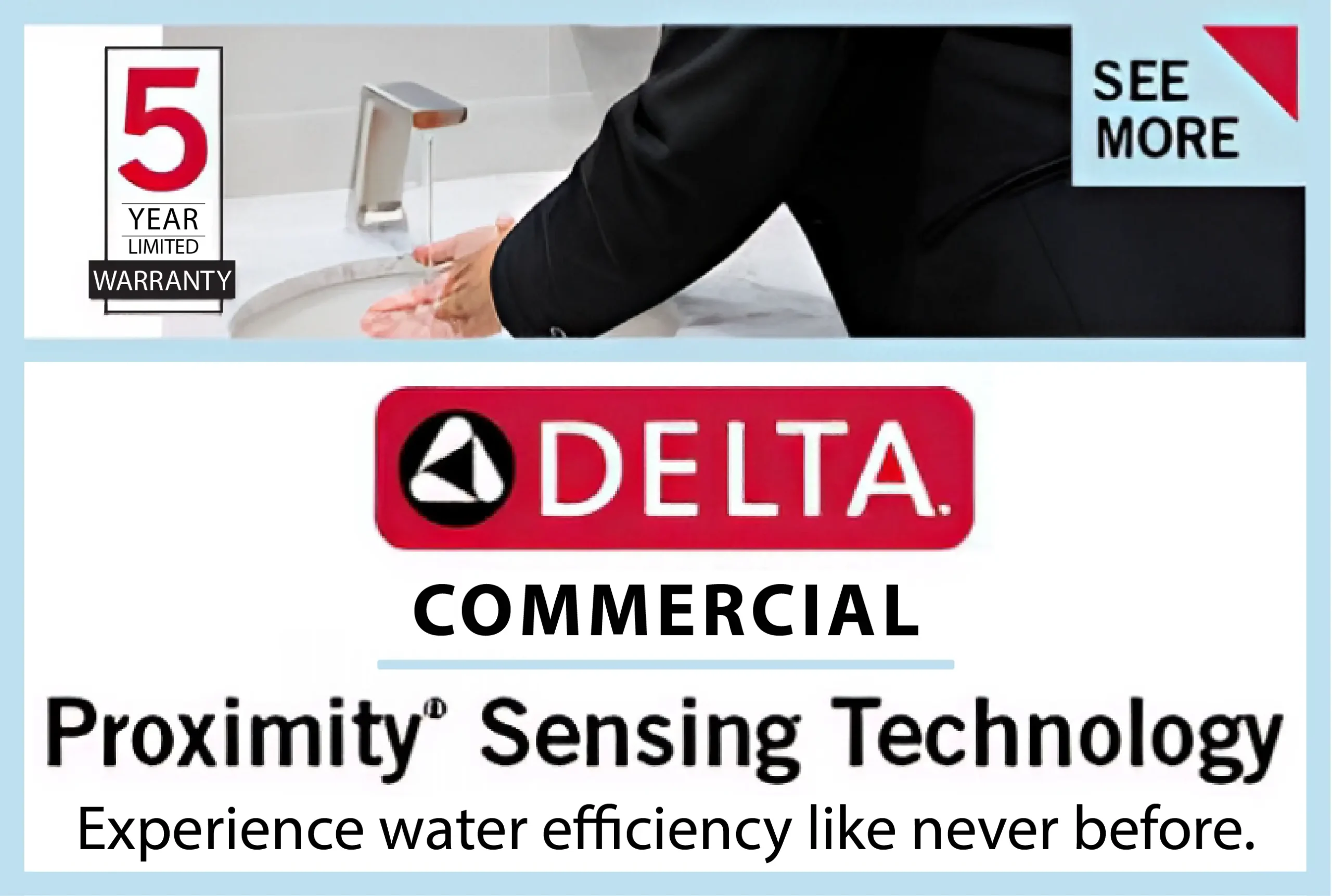A secure smart home demands a defence system that protects against break-ins and integrates faultlessly with contemporary home automation. Smart home technology adoption continues to rise; thus, homeowners require security solutions that provide enhanced connectivity and AI-based monitoring with remote control capabilities. This guideline explains essential points homeowners should evaluate during their search for a home security system for their smart home setup.
Compatibility with Smart Home Ecosystems: Ensuring Seamless Integration
A security system for smart homes needs to operate without interruptions through existing devices that users already use. Homeowners who utilise smart home control depend primarily on platforms such as Amazon Alexa and Google Assistant, as well as Apple HomeKit. Choosing a security system that works with existing smart ecosystems becomes important since users should prevent managing separate devices or applications.
Voice-activated control features available in certain systems enable users to secure and protect their security system through basic verbal instructions. Smart security features link to smart lighting devices along with locks which activate automatically after receiving trigger signals from the safety system. Consumer Reports indicate that home security systems that provide comprehensive smart home compatibility give users the most effective and convenient system experience.
Wireless Connectivity: Choosing Wi-Fi or Z-Wave for Smart Security
Modern security systems function best with wireless connectivity because this technology allows homeowners to install systems easily while granting remote access. Smart home security systems employ two primary wireless technologies, Wi-Fi and Z-Wave.
- Wi-Fi-based systems have become prevalent among homeowners because they allow straightforward setups that directly link to mobile applications. They use internet connection for stability, yet their security might be at risk when networks become compromised.
- Z-Wave technology builds a dedicated network independent of standard Wi-Fi networks to deliver enhanced security through secure and efficient connections. Security professionals typically endorse Z-Wave devices because they function optimally in houses which feature various connected devices.
Security system selection requires an evaluation of wireless protocol range capabilities along with an assessment of both interference potential and security protocols.
AI-Powered Motion Detection: Reducing False Alarms with Smart Technology
Traditional security sensors are prone to generating fake alarms because of pets alongside passing vehicles and moving shadows. The artificial intelligence-powered motion detection system minimises problems through machine learning that distinguishes real security hazards from harmless movement patterns.
The integrated AI technology in smart security devices enables cameras to evaluate movement patterns, which helps them separate human movements from animal activity and inanimate objects. Modern models of security products feature face recognition technology, which limits unnecessary alerts. AI systems improve security operations because they generate alarms only for actual threats instead of random occurrences.
Battery Backup and Cellular Connectivity: Staying Secure Even During Outages
Many security systems become unresponsive when there are power outages and internet interruptions. A protective security system must include backup power storage and cellular data capabilities to operate during network outages.
SafeWise names SimpliSafe as an exceptional home security system that performs without subscriptions because it incorporates backup batteries together with cellular connection options. The functionality of the security system continues without interruption through Wi-Fi blackouts thanks to this built-in feature that delivers uninterrupted security protection to homeowners.
Remote Access and Mobile App Control: Managing Security from Anywhere
Homeowners need remote control functions in security systems to maintain safety while being away from their homes, either because they frequently travel or to have peace of mind. Current security systems provide mobile applications that enable users to perform the following tasks:
- Users can activate or deactivate their system through remote connections.
- View live security camera feeds
- Automatic notifications alert users about unexpected system activities in real time.
- A smart device integration system creates automated operations.
Mobile apps which are thoughtfully engineered offer users both simplified accessibility and direct security management capabilities so homeowners always maintain control.
Scalability and Customization: Expanding Your System as Your Needs Grow
The requirements of home security are updated with life events involving bigger residences, enhanced smart devices, and security upgrades. A security system equipped with scalability enables homeowners to integrate the following elements:
- Additional security cameras
- Smart door locks and sensors
- Environmental devices monitor for signs of fire, smoke and water flooding in homes.
The implementation of custom system options enables homeowners to improve their security reach without requiring total system replacement.
Professional Monitoring vs. Self-Monitoring: Choosing the Right Option
The choice between using professional monitoring services or handling security tasks on your own forms the core decision in home security system selection. Your choice between professional and self-monitoring depends on your security requirements and your way of life.
- Professional monitoring involves real-time surveillance by trained personnel who operate 24 hours a day. Security professionals examine triggered alarms to determine the situation before calling emergency services if it is needed. The professional watch service provides perfect coverage for travellers and individuals who want assurance that professionals secure their homes while they are away.
- With self-monitoring, homeowners gain direct oversight over their home security systems. Homeowners can obtain an alert through mobile apps and smart notifications after their alarm system is activated. The monthly fee reduction of this method depends on homeowners being watchful when dealing with any detected dangers.
You can even find self-monitoring security systems. Professional monitoring systems track alarms more efficiently than self-monitoring techniques, which Consumer Reports points out as an attractive security option for people at risk. People wanting to eliminate recurring fees can successfully use self-monitoring when they also implement a dependable security system.
Conclusion
To find an appropriate home security system for a smart home, people need to examine three essential elements together with two additional requirements. They must evaluate system harmony with current technology and wireless connectivity dependability along with artificial intelligence motion detectors and backup protection functionality. The selection of security systems should focus on devices with intuitive integration capability combined with remote operability plus the ability to expand. Modern homeowners gain increased safeguarding convenience and peace of mind through smart security system investments that result from technological progress.











